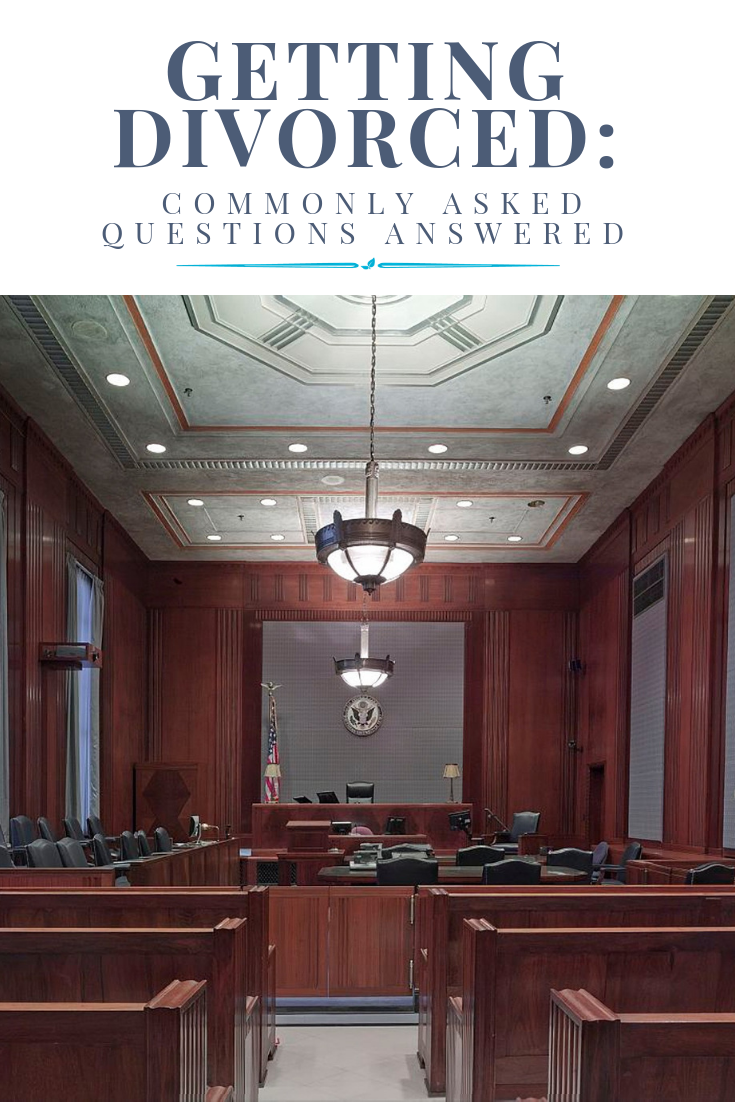Divorce can be a challenging emotional, as well as financial, process, and the desire to complete the process in a discrete, affordable way is a priority for many. How long does it take to get a divorce? Can you settle your divorce outside of court? Will the divorce records be available to the public? Let’s address those three very common concerns and questions.

How Long Does Divorce Take in California?
Before filing for divorce in California, you must first meet the mandatory residency requirements. State law requires residency in California for six months and in the filing county for three months. If these requirements have been met, the minimum mandatory waiting period after service of the initial pleadings is six months. If the divorce is “uncontested” and an agreement is reached which results in a settlement of all issues raised in the divorce action, a Stipulated Judgment may be submitted to the court earlier than the six-month period. However, the court will hold the Stipulated Judgment until the mandatory minimum waiting period is met.
In my experience, time flies and six months is shorter than it may first seem. It is atypical that a divorce is completed within the mandatory waiting period and most divorces take much longer. Disclosure requirements and resolution of outstanding issues often take more than six months to achieve. However, at a minimum, your marital status can be terminated at the six-month mark. Other issues, such as property division, child support, and custody agreements, can be determined separately at a later date.
Can Divorce be Settled Out of Court?
The vast majority of divorces in California are settled outside of court. Statistics show that as many as 95% of all divorce cases are settled by a written agreement of the parties without having a judge decide the claims. This high settlement rate is likely due to the emotional toll the process takes, as well as the great expense in professional fees generated preparing for trial. Many people decide that the certainty achieved in reaching a settlement outweighs the potential “upside” of what can be gained by litigation on a contested issue.
Nothing stops litigants from sitting together at the kitchen table and working through the issues on their own to achieve an acceptable and fair outcome. To the extent disclosure, direct communication and compromise are possible for two divorcing parties, a Stipulated Judgment resolving the divorce by written agreement can be achieved in several different “low impact” and cost-efficient ways, from use of the self-help center to a paralegal service to online divorce.
Notwithstanding these options, many of the cases I see need the “next level” of legal consultation or representation and simply require the involvement of a family law attorney. At times, legal assistance is needed because the personalities involved are conflictual. Other times the legal or factual issues are complex. One party lacks familiarity with the financial landscape of the community estate or holds concerns regarding sharing custodial time with the other parent. These can all be barriers to reaching a swift and simplified divorce settlement. Some matters require additional investigation and analysis or potentially the involvement of an expert to aid in reaching a resolution.
Even in these instances, however, alternative dispute resolution forums such as Mediation or Collaborative Divorce are good options. Collaborative Divorce is similar to Mediation insofar as the collaborative process is enveloped in a mediation privilege and is aimed at reaching a compromise, but instead of using a mediator, both parties have their own “collaborative” attorneys. They use one financial expert (i.e. an accountant) and one or two therapeutic “coaches” to make the process of facilitating an agreement as smooth as possible.
Absent these alternative forums, family law practitioners representing clients in a divorce may utilize a privately hired judge (typically a retired judicial officer) to act as a short-term settlement officer to assist the parties and counsel in negotiating and brokering an agreement on all issues in a private setting. This format, often referred to colloquially as a “voluntary settlement conference,” is one of the most effective ways to resolve a contested case without the need for protracted and expensive litigation.
Are Divorce Records Public?
Divorce records are publicly available in the state of California. Pleadings submitted in the course of the divorce litigation are also publicly available in the court file if the records are not sealed. The fact that personal and private information is publicly available is one key reason to consider reaching agreements outside of court, such as by stipulation and/or through alternative dispute resolution. It is anticipated that the Los Angeles County Family Law record system will soon be electronically available, which means litigants and interested professionals will have online access to these records.
Hopefully, this information will answer some of your early concerns as you begin this legal process. Divorce can be stressful. Doing your homework in advance should aid is always recommended.
